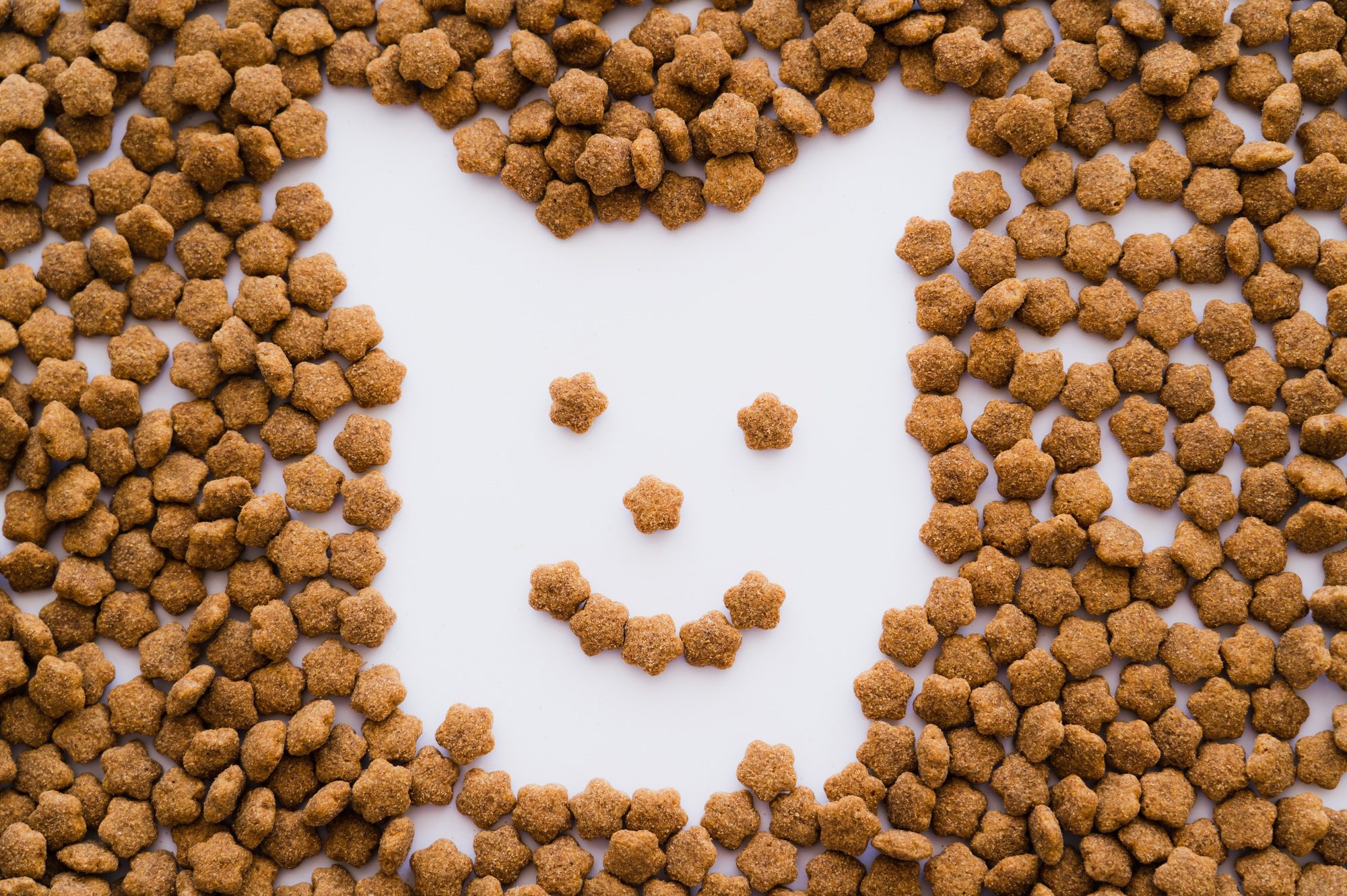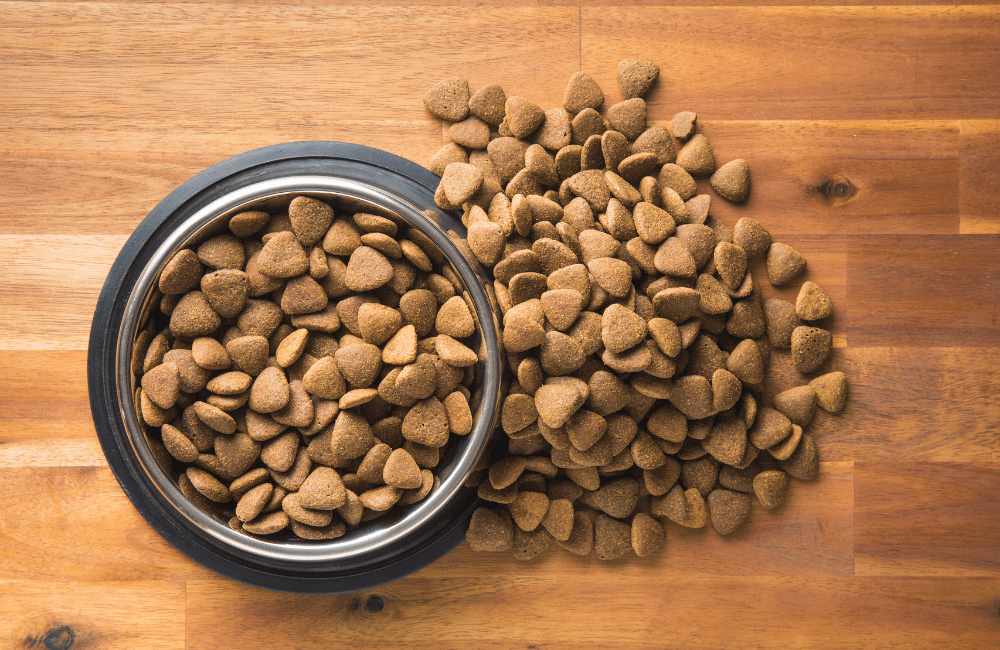Enhancing the taste
Introduction
Pet food palatants have become an integral part of the pet food industry, enhancing the taste and aroma of pet foods to ensure our furry friends enjoy their meals. But what are the health effects of these additives? In this blog, we will delve into the potential health impacts of pet food palatants, both positive and negative, to provide pet food manufacturers, wholesalers, and factories with a comprehensive understanding.

The Role of Pet Food Palatants
Pet food palatants are designed to make pet food more appealing. These additives can be derived from natural or artificial sources and are used to mask any unpleasant tastes or odors, making the food more enticing for pets. While their primary function is to improve palatability, their health impacts are a subject of ongoing research.
Positive Health Impacts
- Increased Appetite and Nutrient Intake: Palatants can help increase the appetite of pets, especially those that are fussy eaters or recovering from illness. By making the food more appealing, pets are more likely to consume the necessary nutrients.
- Enhanced Mood and Behavior: Pets that enjoy their food are generally happier and display better behavior. This can lead to improved owner-pet relationships and overall well-being.

Potential Negative Health Impacts
- Allergic Reactions: Some pets may develop allergic reactions to certain palatants, particularly those derived from artificial sources. Symptoms can include skin irritations, digestive issues, and respiratory problems.
- Obesity: Overuse of palatants to enhance taste can lead to overeating and subsequent obesity in pets. This is a growing concern, as obesity can lead to various health issues such as diabetes, joint problems, and heart disease.
- Long-Term Health Issues: Continuous consumption of artificial palatants may have unknown long-term health effects. While research is ongoing, it is crucial to monitor any adverse reactions in pets.

Choosing the Right Palatants
When selecting pet food palatants, it is essential to consider the source and quality of the additives. Natural palatants, such as those derived from animal proteins or natural flavors, are generally preferred over artificial ones. However, the choice should also be guided by the specific needs and preferences of the target pet population.
Real-Time Data and Trends
According to a recent report by MarketsandMarkets, the pet food palatants market is projected to grow from USD 1.2 billion in 2020 to USD 1.7 billion by 2025, at a CAGR of 6.5% . This growth is driven by the increasing pet ownership and rising demand for premium pet food products. Manufacturers are focusing on innovative palatants that are not only effective but also safe for long-term consumption.

Best Practices for Manufacturers
- Transparency in Ingredients: Clearly label the sources and types of palatants used in pet food products. This helps build trust with consumers and ensures that pets with specific dietary needs are catered to.
- Research and Testing: Invest in continuous research and rigorous testing of palatants to ensure they are safe and effective. Collaborating with veterinarians and pet nutritionists can provide valuable insights.
- Sustainability: Consider the environmental impact of sourcing and manufacturing palatants. Sustainable practices can enhance the brand’s reputation and appeal to eco-conscious consumers.

Conclusion
Understanding the health effects of pet food palatants is crucial for manufacturers and wholesalers. By selecting high-quality, safe, and effective palatants, the pet food industry can ensure that pets not only enjoy their meals but also maintain good health. For more information on our range of pet food palatants, visit ProfyPet.
References
- MarketsandMarkets. (2021). “Pet Food Palatants Market by Pet, Form, Source, and Region – Global Forecast to 2025.”













